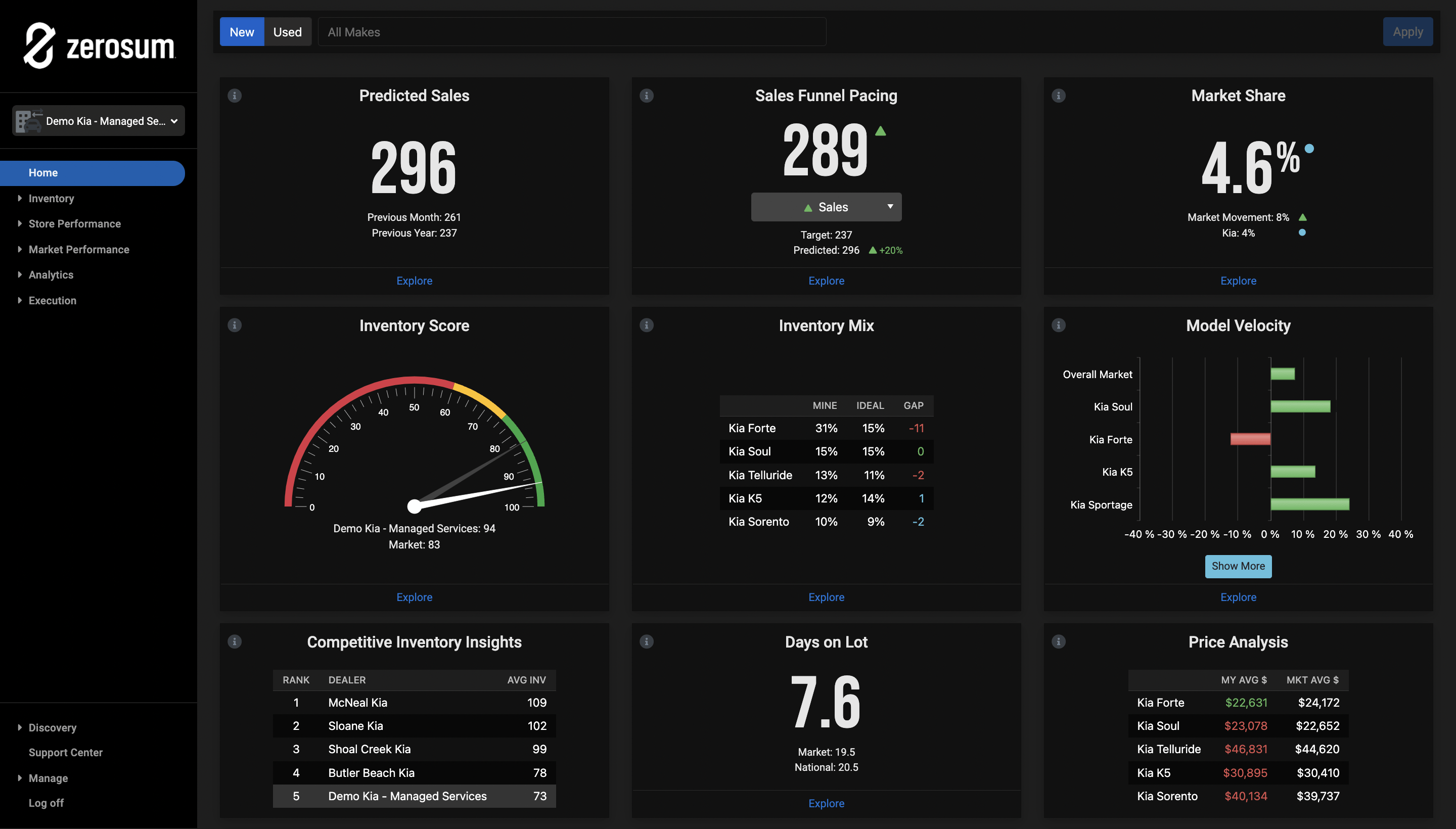6 Crucial Moments on the New Car Buying Journey That Every Auto Dealer Should Know
It’s no secret that the automotive buying journey has changed drastically over the last several years. Now, the car buying process is more digital...

Most people have heard the phrase “I’ll believe it when I see it” but that ideology isn't always true especially in marketing. Some people will say that if they are not seeing their own ads, then their marketing program is not working but even Google recommends against trying to trigger your own ads.
There's more to the story and if you are someone who wants to see your own ads 24/7 it's important to think about the following:
What's your goal?
Naturally, many auto dealers will look to see their own ads pop up in their day-to-day life. For example, they might keep an eye out for their local billboard or the post that goes live on their Facebook. They are looking to see their brand during the course of the day. These actions are normal, but can give you a false sense of performance if you don’t see your ad.
If the goal of the marketing campaign is purely branding, it makes sense for a larger group of people to see your message. The point is to expose your brand to people in your target market. But if the goal is sales, smart digital marketing agencies will set most of their campaigns to target relevant conversions like VDP (Vehicle Details Page) views, financing inquiries or scheduled test drives. These conversions are more likely to happen within in-market shopper audiences which is more exclusive and means that not everyone should be seeing your ads every day (including you).
We're not aiming for you
At any given time, people in your area fall into various levels of purchase intent and that includes people who have no interest in buying a vehicle. Logically, excluding those people out of your marketing campaigns saves you money and allows more “at bats” for the people that matter – in-market shoppers.
Following that same logic, it also makes sense that social or paid search ad campaigns will not always be delivering to dealership employees or owners. While content might deliver to these people as a result of retargeting and other data points, they are not the core focus because they are not the actual in-market shoppers.
Google knows better (and so does Facebook)
Repeatedly, we have spoken with auto dealers who are dead set on seeing their name when they do a Google search or scroll their Facebook feed. But what these dealers need to consider is how smart ad platforms and algorithms are.
Trying to outsmart search engines is such a common practice that Google has written about why you shouldn't including wasted spend on irrelevant clicks or lowering your click-thru-rate (CTR) which impacts ad quality scores. Plus, if you do not click on the ad, eventually Google will stop delivering it to you entirely because it thinks you are not interested. Trying to outsmart the platform will end up doing more harm than good.
The same can be said for Facebook ads. If you are not seeing your own Facebook ads, that does not mean they are not working. Impressions should be delivering to true in-market shoppers rather than dealership employees.
These items are important to consider when analyzing the performance of your marketing campaign. Seeing your own brand and ads feels reassuring, but there are more factors at play when it comes to understanding performance.

It’s no secret that the automotive buying journey has changed drastically over the last several years. Now, the car buying process is more digital...

Digital advertising has been on the rise for many years and is now amplified by the evolution of AI-driven advertising tools. The COVID-19 pandemic...

MarketAI by ZeroSum is a one-stop-shop platform that not only reports your current inventory and market statistics but anticipates your next steps –...